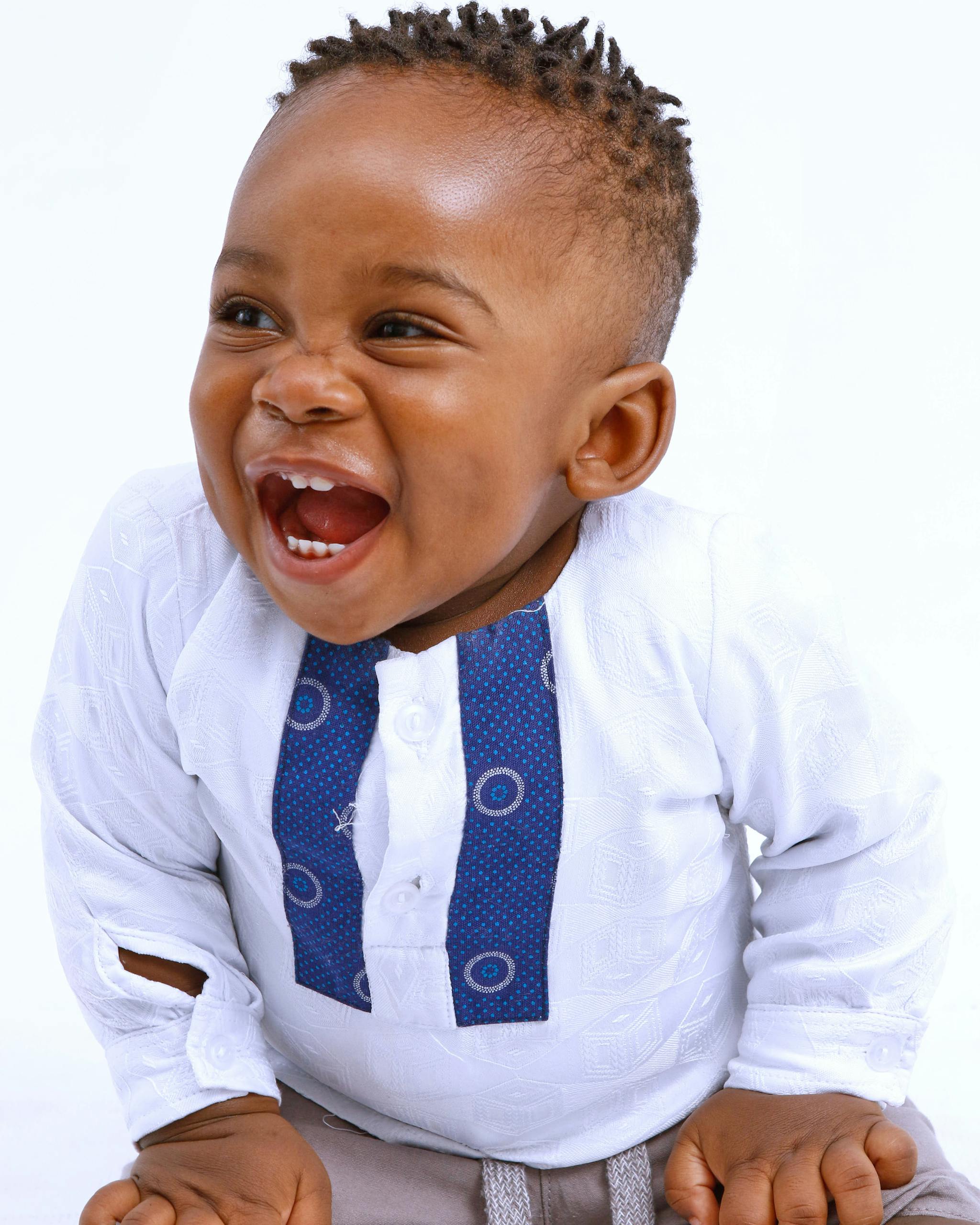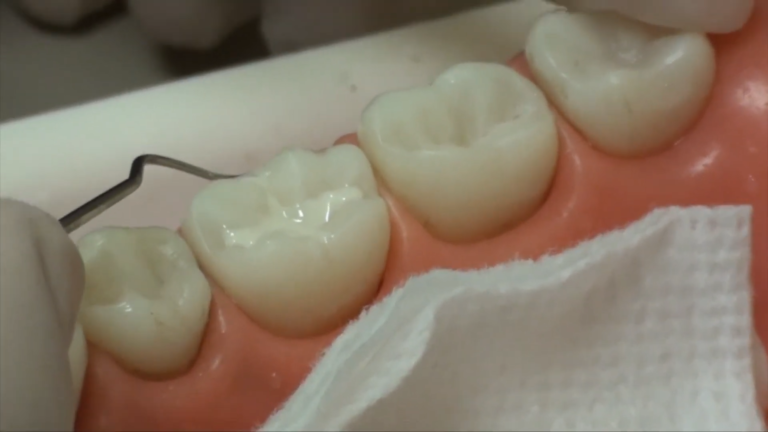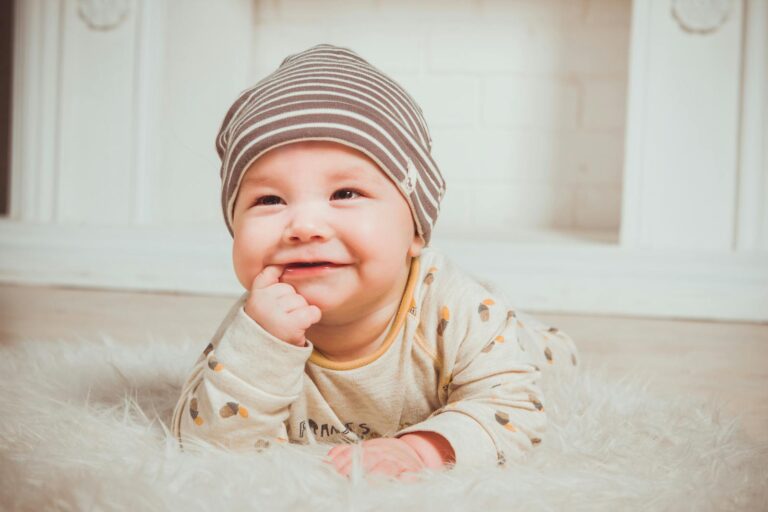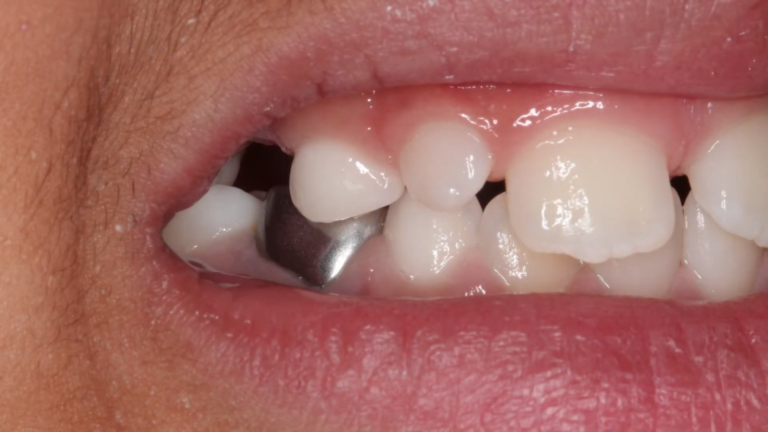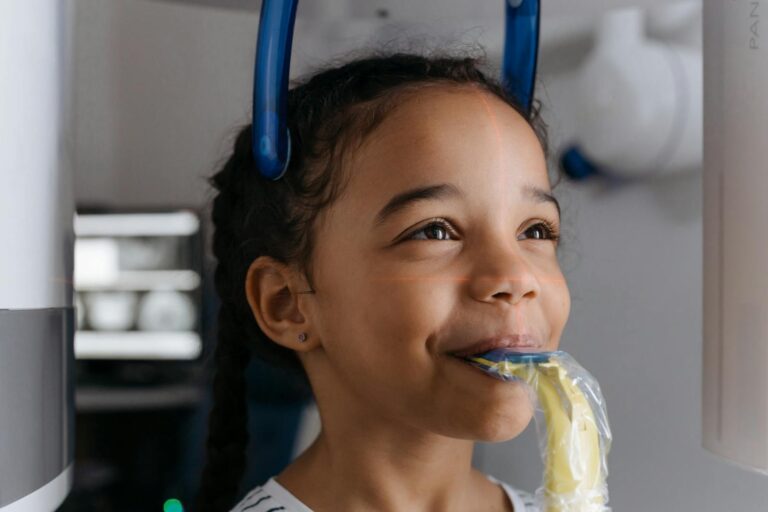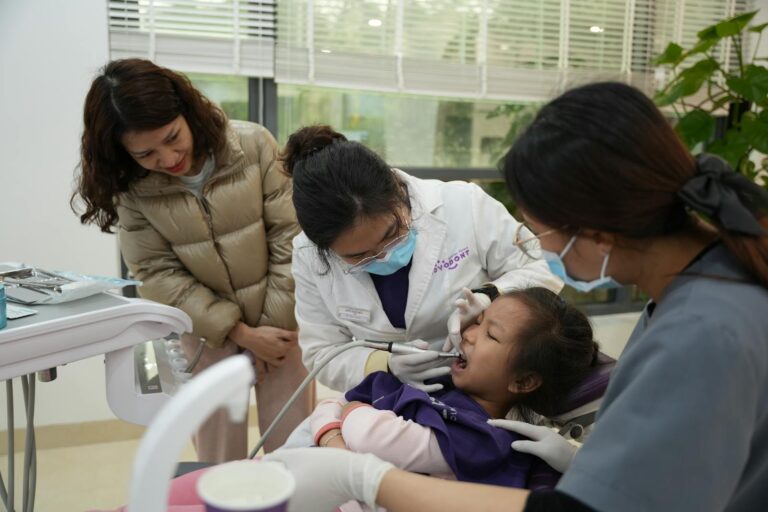When Do Baby Teeth Start Falling Out Naturally?
Losing baby teeth is a big milestone in every child’s development—and for many families, it’s just as emotional as it is exciting. One day, your child is all giggles and gummy grins, and the next, they’re proudly showing off a gap where a tiny tooth used to be. But when exactly does this process begin, and what should parents expect?
The short answer: most children start losing their baby teeth between the ages of 5 and 7. But just like walking, talking, and potty training, the timeline can vary widely from one child to another.
Let’s explore the process in more detail so you’ll know what’s typical, what’s not, and how you can support your child as they enter the “tooth fairy years.”
The Natural Timeline of Losing Baby Teeth
Most children are born with 20 primary (baby) teeth that gradually erupt through the gums between about 6 months and 3 years of age. These teeth hold space for the adult teeth that are developing underneath the gums.
As your child grows, their jaw begins to expand to make room for larger, permanent teeth. Around age 6, those adult teeth start pushing upward—and that’s when the baby teeth begin to loosen and fall out on their own.
Here’s a general guideline of how it usually happens:
– The lower central incisors (the bottom front teeth) are typically the first to go, followed by
– The upper central incisors (the top front teeth).
– Then come the lateral incisors, first molars, canines, and finally the second molars, often around age 11 to 12.
By the time your child is 12 or 13, they’ll likely have a full set of permanent teeth—minus the wisdom teeth, which usually arrive much later, if at all.
What if a tooth is lost earlier or later than expected?
Every child is different, and the timeline can shift slightly without cause for concern. Some children lose their first tooth as early as 4, while others may not see any wiggling until 7 or 8. Genetics, gender, and even nutrition can play a role.
However, if a baby tooth falls out significantly earlier—especially due to trauma or decay—it’s important to check with a dentist. Baby teeth act as placeholders for permanent teeth, and losing one too soon can affect how the adult tooth grows in or how nearby teeth shift.
On the other hand, if your child hasn’t lost any baby teeth by age 8, it’s a good idea to have a dental evaluation to ensure the adult teeth are developing properly beneath the surface.
What should parents do when a tooth gets loose?
The best thing you can do is encourage your child to let the tooth fall out on its own. It’s okay for them to gently wiggle it with clean fingers or their tongue, but try to avoid pulling it out too early, which can lead to bleeding or infection if the root isn’t fully dissolved.
Once the tooth falls out naturally, you can:
– Rinse your child’s mouth gently with water
– Apply a clean gauze if there’s minor bleeding
– Offer soft foods for the next few hours if needed
– Celebrate the milestone with lots of praise—or a visit from the tooth fairy!
Final thoughts
Losing baby teeth is one of those sweet, strange transitions of childhood—messy, magical, and completely normal. It marks the beginning of a new stage, not just in dental development, but in growing up.
So when that first tooth finally wiggles free, take a moment to enjoy it. It’s more than just a dental event—it’s a small symbol of change, growth, and the journey your child is on.
